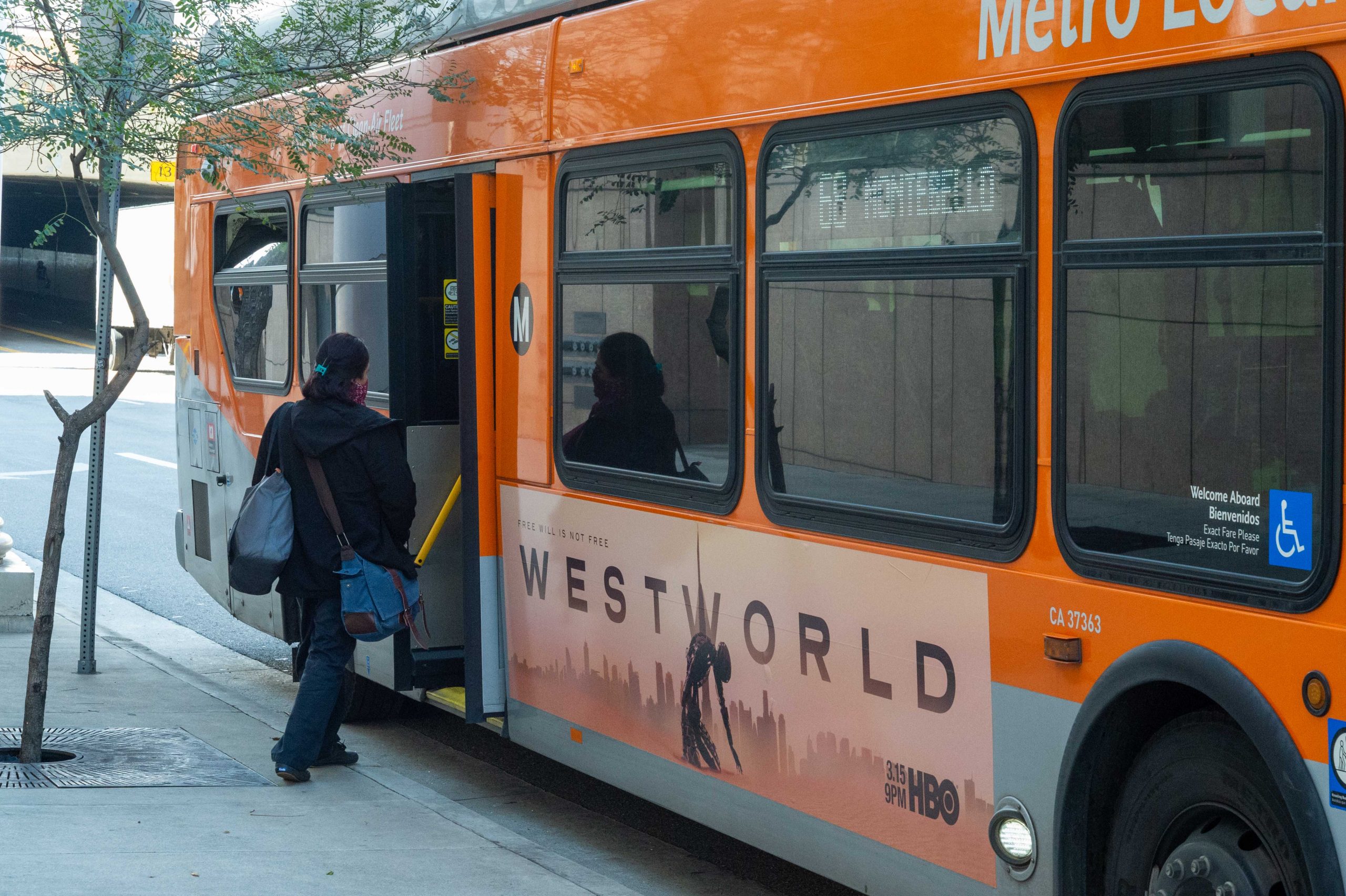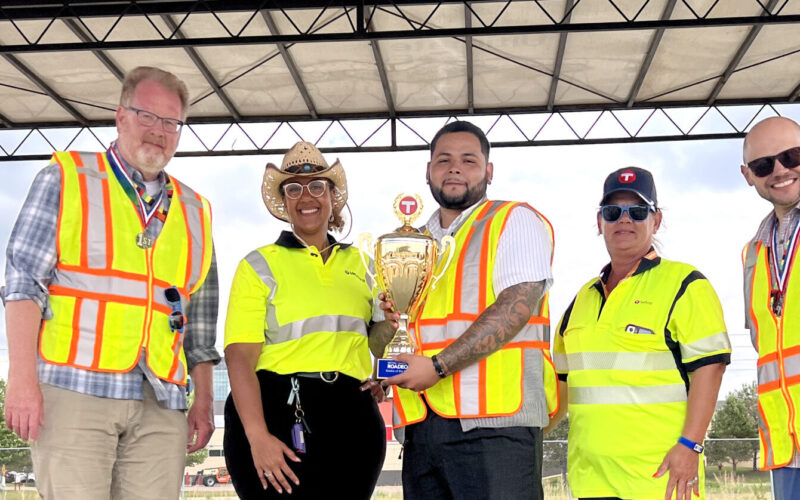
Image Credit: The Source
Before the COVID-19 pandemic struck, LA Metro was poised to advance its NextGen plan to improve the agency’s bus network. The initiative promises to realign bus service based on rider needs, with changes communicated clearly to the public. While COVID-19 will likely delay NextGen implementation, the agency can still apply the same guiding principles in its emergency response.
So far, LA Metro has taken important steps to protect bus operators and plan for recovery, but the agency’s policy on fare enforcement has lacked transparency, and service allocation decisions have not aligned with the imperative to minimize crowding on board. While the agency has recently tweaked schedules on some routes in response to rider feedback, Metro can do more to adapt its emergency plans to the needs of LA transit riders, the majority of whom are low-income people and people of color.
Metro’s policy on fare collection, outlined in a memo from CEO Phil Washington to the board of directors on April 17, is that the agency continues to accept all fares offered by customers. At the same time, Metro has adopted rear door boarding while telling riders they don’t need to tap their farecards on the validator at the front of the bus, though they should “be in possession of fare during travel.” As Scott Frazier put it in a recent post for Investing in Place, “riders don’t technically have to pay, but Metro is not telling them not to pay – at least not with more than a wink and a nudge.”
For riders, this policy is much more ambiguous than what most other transit agencies have done — a clear-cut suspension of fare collection on buses, to limit contact between bus operators and riders. Board members and advocates have asked for greater clarity, but thus far haven’t received definitive answers.
LA Metro can also tailor service to enable riders to maintain more physical distance on board. On April 19, the agency switched to an “Enhanced Sunday Schedule.” Metro says this allows the agency to provide more reliable service, dispatch more buses if needed on crowded routes, and clean vehicles more often. Staff have also said it’s a service change that riders will easily understand. Since the initial schedule change, the agency has also added runs and put larger buses into service on some routes.
Overall, however, the schedule change was a blunt instrument, and didn’t respond to the specific shifts in LA Metro ridership. Since the pandemic began, ridership is down 65% on buses vs. 75% on rail. But the new schedule cuts 29% of bus service and 15% of rail service. As the LA Times reports, the schedule switch “will mean riders are facing longer waits between buses – and sometimes more people on each bus.”
The additional risk of on-board crowding is inequitably distributed. The average income of LA bus riders is lower than rail riders. In response, ACT LA, a coalition of local advocates, has sent a letter to Metro asking for “restoration of bus service on high-demand corridors in order to protect passengers from crowding that might occur during the course of the day.”
Other large agencies have gone further to reallocate service where the need is greatest. They are diverging from pre-existing schedules where conditions demand it, running more buses on routes that serve essential destinations, and maintaining higher frequencies on routes that serve low-income neighborhoods. LA Metro has taken some steps in this direction, but can make more substantial adjustments to service provision.
The agency created a Recovery & Restoration Taskforce, and recently hired Race and Equity Officer KeAndra Cylear Dodds serves on the panel. The same innovative data collection methods that informed the NextGen bus plan should also help the agency respond with agility to COVID-19 and redistribute service to reduce crowding.
Going forward, LA Metro’s equity platform should guide further rounds of service adjustments to maximize safety for riders. In a pandemic, time is of the essence, and the agency should move quickly to assess where service must be augmented to minimize crowding. With clear communication and strong service provision to areas of greatest need, the agency can protect its riders and workers, and lay the groundwork for a strong recovery.
 New TransitCenter Report: To Solve Workforce Challenges Once and For All, Transit Agencies Must Put People First
New TransitCenter Report: To Solve Workforce Challenges Once and For All, Transit Agencies Must Put People First
TransitCenter’s new report, “People First” examines the current challenges facing public sector human resources that limit hiring and retention, and outlines potential solutions to rethink this critical agency function.
Read More Built to Win: Riders Alliance Campaign Secures Funding for More Frequent Subway Service
Built to Win: Riders Alliance Campaign Secures Funding for More Frequent Subway Service
Thanks to Riders' Alliance successful #6MinuteService campaign, New York City subway riders will enjoy more frequent service on nights and weekends, starting this summer. In this post, we chronicle the group's winning strategies and tactics.
Read More